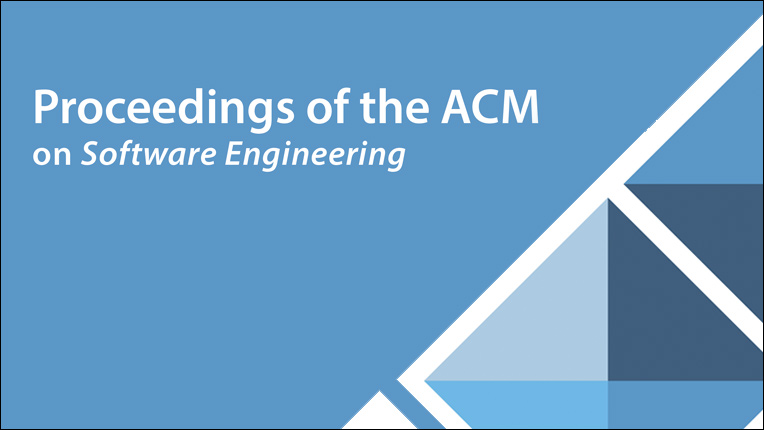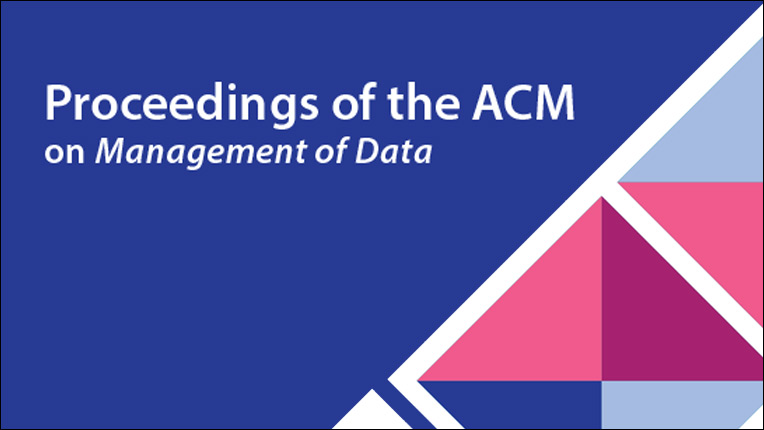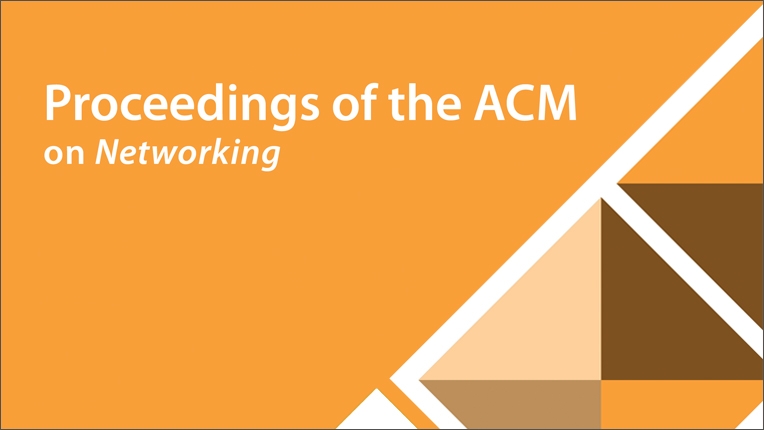PACM Production Information
Role of SIG Vendor in Proceedings of the ACM (PACM) Publication
- Import metadata of the accepted papers from the Conference Management System of (SIG's) choice.
- The ACM preferred CMSs are: HotCRP, EasyChair, and PCS.
- Ensure that all authors use the journal template selected by the respective PACM title. A title can choose to use either the current ACM large or the ACM small format: http://www.acm.org/publications/authors/submissions
- Facilitate eRights management, which entails:
- Collating all necessary rights metadata in the ACM .csv or XML file format and uploading the file into the ACM eRights system. A sample file with the details and delimiters of what must be supplied can be provided.
- Following up with authors to ensure timely completion of their ACM eRights forms. Note: ACM will not publish research article materials until all eRights forms have been completed.
- Collect materials from editors and authors. This task includes:
- Creating a folder for each article. It should be named according to the conference acronym and the unique paper ID (e.g. mobilehci16-252), and contain the following sub-folders:
- Source (e.g. mobilehci16-252.zip, mobilehci16-252.docx)
- Pdf (e.g. mobilehci16-252.pdf)
- Optional: Supplements (e.g. mobilehci16-252.mp4, mobilehci16-252.ppt, mobilehci16-252.jpg)
- Example Structure:
mobilehci16.zip- mobilehci16-paper_id.zip
- source
- <something>.tex
…
images- abc.eps
xyz.eps
- abc.eps
- <supporting_files>
- OR
- <something>.docx
- <something>.tex
- pdf
- <something>.pdf (Camera ready PDF)
- supplements
- abcd.mp4 presentation.ppt
image-1.jpg
README
- abcd.mp4 presentation.ppt
- source
- mobilehci16-paper_id.zip
- Checking that all camera-ready PDFs display the correct rights statements, matching the bibstrip generated from the eRights process in task #3.
- Formatting front and back matter files, which include table of contents, editorial statement, and (optional) author index; note that both inside and outside cover contents are excluded from this – please refer to “Role of ACM/ACM Vendor” below.
- Combining front/back matter and all article file collections into a single zip folder. This zip folder should be named according to the acronym of the event, with no spaces or special characters added (e.g. mobilehci16).
- Creating a folder for each article. It should be named according to the conference acronym and the unique paper ID (e.g. mobilehci16-252), and contain the following sub-folders:
- Deliver materials to ACM (at least) three weeks prior to proposed publication date. FTP upload instructions will be sent via email after review and approval of all eRights forms.
Role of ACM Vendor
- Prepare XML metadata for ACM DL.
- Paginate issue from cover to cover using ACM journal specifications.
Role of ACM
- Prepare both inside and outside covers which display information on ACM leadership, editorial board membership, and editorial charter.
A Note on Timelines
While ACM does not officially impose deadlines, please be aware that processing for publication in the ACM DL takes 2-3 weeks. If an issue must be published in the ACM DL by a certain date, all materials should therefore be submitted to ACM at least 2-3 weeks before that date. Because all eRights forms must first be reviewed after author completion, the vendor should strive to have all eRights forms completed at least one week prior to the target submission date.
PACM on Software Engineering
Proceedings of the ACM on Software Engineering (PACMSE) is a new Gold Open Access journal publishing top-quality, original research on all aspects of software engineering, from requirements elicitation to quality assessment, design, maintenance, evolution, and deployment. PACMSE covers a broad range of topics and methods that help conceive, create, and maintain better software be it embedded, cloud-based, mobile and ubiquitous, or runs on conventional computers. The journal operates in close collaboration with the Special Interest Group on Software Engineering (SIGSOFT).

PACM on Management of Data
Proceedings of the ACM on Management of Data (PACMMOD) is a journal concerned with the principles, algorithms, techniques, systems, and applications of database management systems, data management technology, and science and engineering of data. We invite the submission of original data management, data engineering, and data science research targeting the data life cycle of real applications, studying phenomena at scales, complexities, and granularities never before possible.

PACM on Networking
Proceedings of the ACM on Networking (PACMNET) is a journal for research relevant to multiple aspects of the area of computer networking. We seek papers presenting significant and novel research results on emerging computer networks and its applications. We especially encourage submissions that present new technologies, novel experimentation, creative use of networking technologies, and new insights made possible using analysis. We are also looking for papers on network properties such as policy and economics, security and privacy, reliability and availability, performance, energy efficiency, etc.
